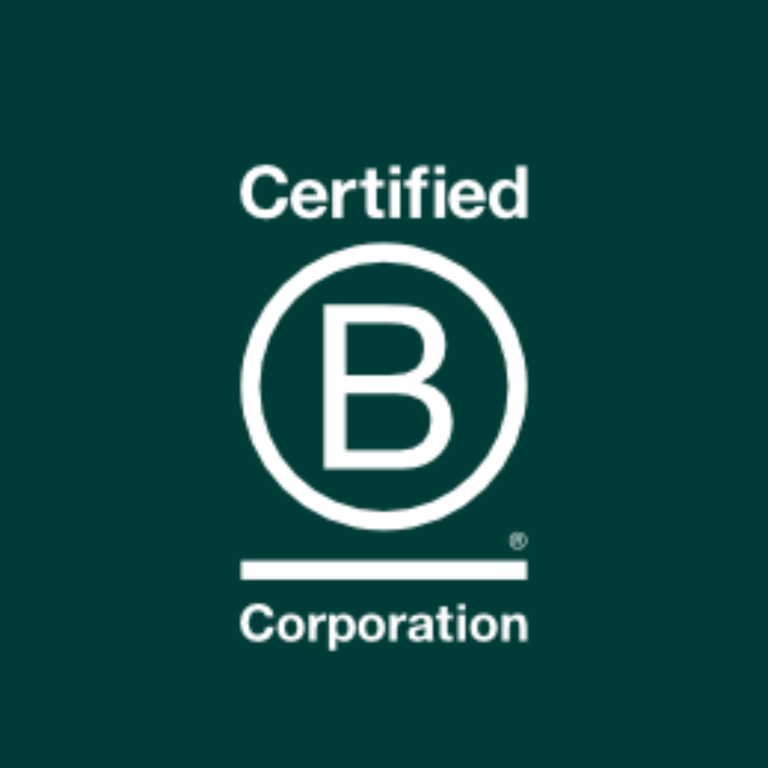
The Embedded Insurance Revolution – Take-aways from the IIL Webinar
What is Embedded Insurance?
Seemingly, it means different things to different people but with an estimated value of £700bn by 2030, a global footprint, considerable projected growth and significant levels of investment; it’s definitely an area where all firms need to have an engagement strategy.
The discussion during this webinar confirmed to me that there continues to be a difference of opinion of what is captured by the term ‘Embedded’.
Given a deliberately wide definition the term extends to and includes policies paired with another related product or service and is an integral part of that product or can be offered as part of the customer journey to complement the product being purchased: – think travel insurance with a holiday or warranties with second hand cars. And without sounding dismissive or too controversial arguably Embedded has been around for a while – it’s not a wholly new concept and as set out by the panel there have effectively been 3 main phases in its development.
Originally, phase one was developed for passengers when buying a flight, so they could purchase life cover simultaneously: Then phase two came in ‘70’s & ‘80’s when we saw the phenomenon of Embedded become big business on the high street, with warranty insurance sold at the point of sale with white goods and cars. And now seemingly Embedded has entered its third transformation phase, where customers routinely purchase web-enabled, embedded insurance products. And this is where the new entrants are challenging traditional markets with big names like Amazon & Tesla.
So why the huge surge in activity now?
No surprises here either: historically customers would be asked for large amounts of data so that providers understood the nature of the risk – technical advances and greater data access has radically reduced this need. The circumstances generated by the recent pandemic nudged customers towards making a broader variety of online purchases even for expensive, big ticket items like cars which has normalised fast. Customers want greater purchasing control, speed and flexibility and this need extends to the buying of financial service products.
How is the market responding?
To date the greatest inroads have been made in the retail/personal lines space. Brokers are seeing a whole host of enquiries from their clients and see a key benefit of Embedded as being the way it builds customer trust, confidence, and loyalty. Embedded distribution has already become a mini-insurance ecosystem in its own right: the digital client, the tech platform and the savvy customer providing the catalyst for change. This new dynamic has necessitated working in partnership. For a platform bringing a new product or service to this competitive market it is essential to build trust and grow customer interaction and offering an embedded insurance product, running alongside, helps them achieve this. The upside for providers is that the platform does not solely rely on and /or need to account for revenue from sales; the downside is that the platform is reliant on the product to develop and evolve.
Fairness and transparency are key differentiators in the purchasing process and well informed, low-cost, high-quality products that are delivered in a transparent way builds customer retention and revenue growth. From an underwriting perspective this type of approach does not come without challenge: How do insurers demonstrate control of the product, price, and its profitability/ value for the entire distribution chain?
Claims and the manner in which they are managed remain centre stage in this debate as do response times and coverage afforded – digital buyers demand a simple frictionless process, and if well managed the platform can demonstrate their added value. The regulator requires underwriters to have a relationship with the customer and so there is the dilemma and dual responsibility – one is a contractual and one is a fiduciary. Ultimately the winners will be those who can strike the balance between satisfying regulatory requirements and maintaining a simple journey.
And so to the Future…
Success will be confined to those best able to understand and leverage data and technology while satisfying their regulatory requirements, of that there is no doubt. The standardised “simple” product market will naturally come to an end as whoever charges the cheapest will likely be the winner in that space. Underwriters who are innovative in the use of Embedded will succeed – applying the lessons they have learnt in the retail space to the complex risk arena.
Of one thing we can be certain though is that the debate around Embedded and its promotion as THE way new entrants can access and change the insurance arena and how we buy insurance will continue for some time to come.
For me the true benefit of this 3rd phase of digitalisation is opportunity: The opportunity to properly understand the risks we underwrite; The opportunity for product innovation; And the opportunity to reconnect with our customers so we really understand what they want from us.
Looking forward to riding the 4th wave.






